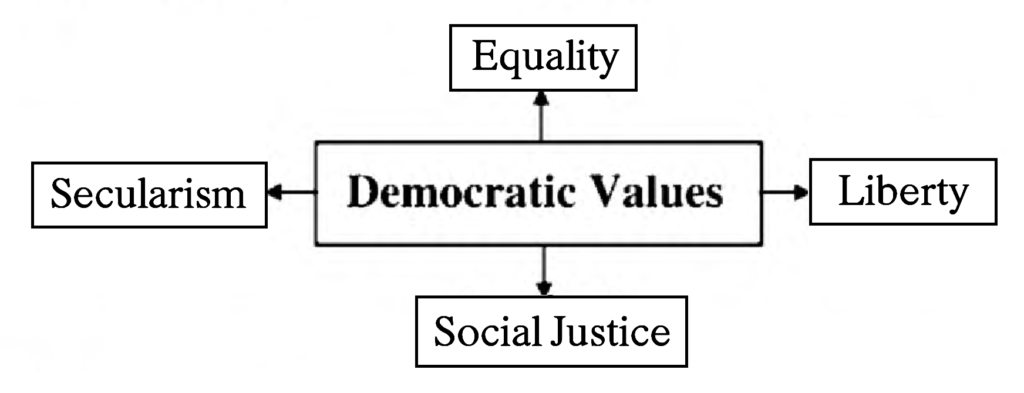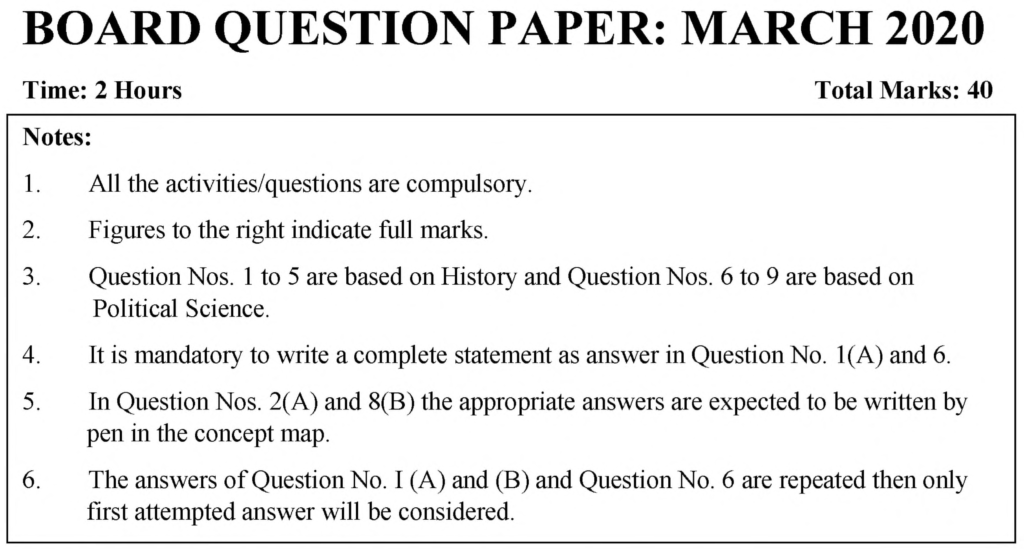

Voltaire

Philosophy

Books

Pandita Ramabai – Stri-Purush Tulana (Wrong)
Correct: Pandita Ramabai – The High Caste Hindu Woman
The High Caste Hindu Woman was written by Pandita Ramabai in 1888 who also took initiative in ending the practice of Sati and child marriages.

Deenbandhu – Gopal Hari Deshmukh (Wrong)
Correct: Deenbandhu – Krishnarao Bhalekar
Krishnarao Bhalekar was an associate of Jyotiba Phule who started Deenbandhu newspaper.

Rock–cut caves – Matheran, Chikhaldara (Wrong)
Correct: Rock-cut caves – Ajanta, Verul and Gharapuri
Rock-cut caves of Ajanta, Verul and Gharapuri (Elephanta) are globally acclaimed Heritage sites in Maharashtra.

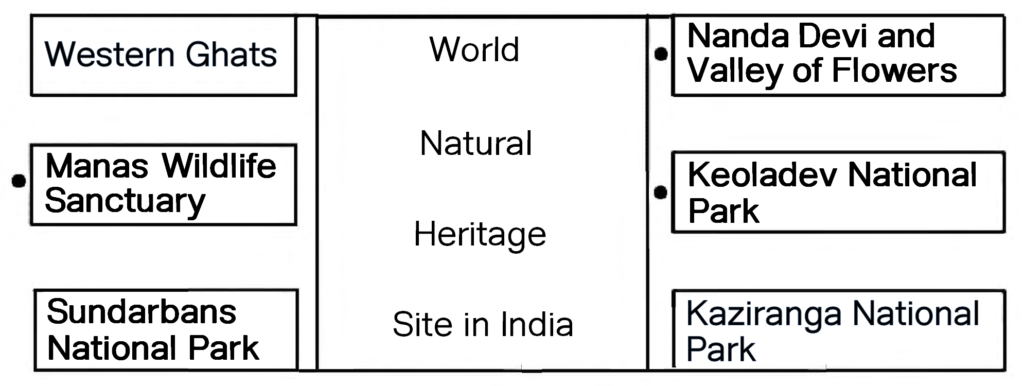
(Note: Students can write other name of World National Heritage Site in India – |

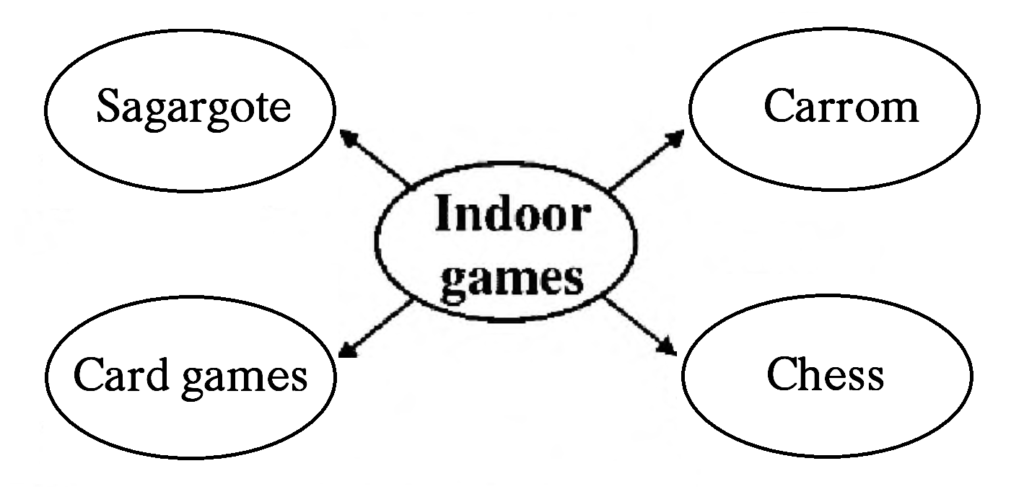
| (Note: Students can write other name of Indoor Games like – i. Kachkavdya or Caukabara ii. Bhatukali) |


| (Note: Students can write other types of tourism like – i. Local or Interstate Tourism ii. Geographical Tourism iii. Agro Tourism iv. Religious Tourism v. Tourism based on Special Event) |

i. The restructuring of the history from the perspective of women is known as ‘Feminist Historiography’.
ii. It emphasized the inclusion of women in history as well as the rethinking of the male dominated perspective of history.
iii. The fundamentals of feminism were established through the writings of French scholar Simone de Beauvoir.
iv. Feminist Historiography also led the historical research to focus in detail on several aspects of women’s life such as their employment, their role in trade union, institutions working for their cause, their family life, etc.
i. Healthy entertainment of excellent quality is needed for the all-round growth of one’s personality.
ii. Pursuing various hobbies & games and learning different dances, music, etc., leads to the development of the personality of an individual.
iii. It is also needed because it keeps one’s mind lively & fresh and makes one feel physically more energetic.
iv. Moreover, the different forms of entertainment improve efficiency at work.
The importance of sports is as follows:
i. Sports help in overcoming pain and worries. They help one to relax and refresh their minds.
ii. It helps to make the sportsman build a tenacious and strong body. This is majorly because, while playing sport, a lot of physical activity is required which provide good exercise to the body.
iii. It also helps to develop courage, sportsmanship and determination.
iv. Collective participation in certain games leads to the development of a sense of cooperation and team spirit. It also helps in developing leadership qualities.

i. The French scholar, Voltaire (original name was François-Marie Arouet) was of the opinion that apart from objective truth and chronology of historical events, historiography should also be based on social traditions, trade, economy, agriculture, etc.
ii. He, thus gave importance to the understanding of all aspects of human life while writing history.
iii. As Voltaire contributed greatly to historiography, he is said to be the founder of modern historiography.
i. It is important to preserve our rich heritage for the benefit of both, the present as well as the future generations.
ii. Similarly, it is also essential to preserve and conserve certain types of cultural and natural heritage which are on the verge of becoming extinct. For e.g., historical monuments, traditional knowledge, biodiversity, etc.
iii. Hence, with the objective of promoting the cultural and natural heritage, UNESCO, the global organisation has announced some directives.
v. On the basis of those directives, the list of World heritage Sites is announced by UNESCO.
i. Art market is an independent field which includes research, journalism and trading of various objects of historical importance.
ii. This requires expertise for determining the exact value of an art object.
iii. An expert is also required to check if it is genuine.
iv. Art historians are also required with the purpose of conservation and restoration of historical objects.
Hence, an expert with deep understanding of art history is required in the art market.
i. The place where old documents, official records, old films, etc. are preserved and stored are called as Archives while Libraries are the storehouses of knowledge and information.
ii. Archives preserve documents with important content in their original condition, prepare indexes and create accurate systems of retrieval of documents.
iii. Libraries collect books, arrange them systematically, conserve and preserve those books, disseminate information sources, etc.
iv. These documents and books are to be made available to the researchers whenever they want to conduct research and make research projects.
Hence, archives and libraries publish research journals, informative pamphlets, leaflets, posters, etc. to help the researchers in conducting research and also to make it available to the general public.
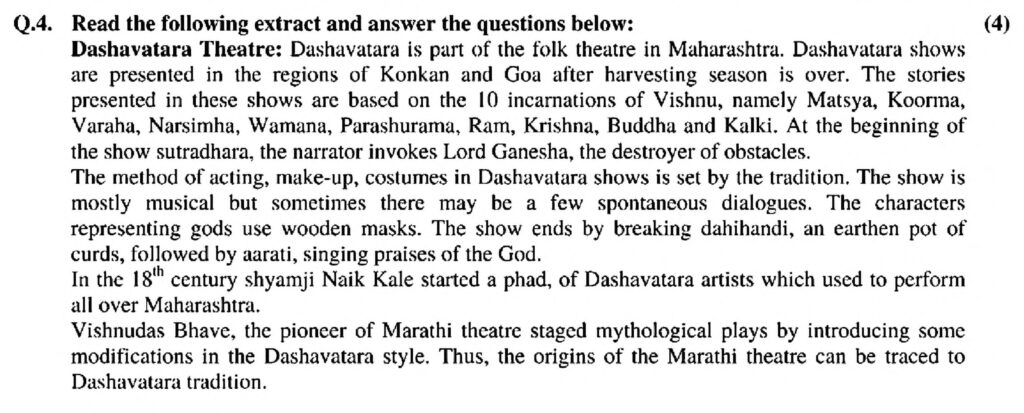
In Maharashtra Dashavatara is part of Folk Theatre.
At the Beginning of the show the narrator invokes Lord Ganesha, the destroyer of Obstacles.
i. The show is mostly musical but sometimes there may be a few spontaneous dialogues.
ii. The method of acting, make-up and costumes is set by tradition. The characters that depict God wear a wooden mask.
iii. The show ends by breaking an earthern pot of curds called dahi handi. This is followed by singing praises of the Lord called aarti.

Introduction: The basic theme of Marxist historiography is to analyse the impact of every social event of significance.
i. The writings of Marxist historians centred around the concern for the means of production, modes of production and the industrial relations.
ii. In India, the Marxist historians studied the transitionswithin the caste system. Some of the notable Indian historians who adopted Marxist ideological framework are Damodar Dharmanand Kosambi, Comrade Shripad Amrut Dange, Ram Sharan Sharma, Comrade Sharad Patil, etc.
iii. Comrade Dange was one of the founder members of the Indian Communist Party.
iv. The book; Primitive Communism to Slavery; written by him, represents Marxist historiography.
Conclusion: In this way the ideology of Marxist history had a deep impact on Indian history.
Literature which helps us to understand the history of the various historical periods is known as the written sources of history. To study written sources the following training is required –
i. Knowledge of scripts like Brahmi, Modi, Persian and their development.
ii. Basic knowledge of social organisation and traditions, literature and culture, dynasties, administrative systems, etc. of past societies.
iii. Knowledge of various schools and styles of painting, sculptural art and the history of their development.
iv. Knowledge of types of paper, ink and colours.
v. Knowledge of properties of various stones and metals used for inscriptions.
vi. Knowledge of various approaches of managing exhibitions in museums, galleries and information technology.
vii. Knowledge of equipment and chemicals used in various processes of cleaning, conservation and preservation.
viii. Writing research reports and articles.
Introduction: Art history is an independent branch of knowledge. The various professional and research related opportunities available in the field of arts and art history are as follows:
i. The field of journalism also provides opportunities for art historians.
ii. An expert with deep understanding of art history can help in assessing the exact value of an art object or to ensure that it is genuine. Such an art market functions as an independent field.
iii. Some of the important professional opportunities made available by the Heritage Management and Cultural Tourism include Museums and Archives Management, Library Science and Information Technology, Archaeological Research, Indology, etc.
iv. Professional opportunities are available in some of the fields of applied arts like Industry and Advertisement, Interior Design and production of ornamental object, Art Direction for Films and Television etc.
v. Also, in Creating attractive Layouts of books and magazines, Calligraphy, Production of greeting cards, invitation cards.
Conclusion: Hence, the field of arts provide a wide professional scope for students.

i. In olden days, the king would order a crier to run in the streets beating drums and crying out the important news to the people of his kingdom. Thus, the news would spread among people by word of mouth.
ii. In ancient Egypt, before the beginning of Common Era, there was a custom of placing inscriptions containing royal decrees at public places. In India, Emperor Ashoka also used the similar method to convey his orders to the subjects.
iii. In the Roman Empire, royal decrees and the information of various events taking place in the nation and its capital were written on papers and then distributed in all regions.
iv. In Rome, during the reign of Julius Caesar, newspaper known as ‘Acta Diurna’ (Daily Events or Daily Public Records) was placed at public places to convey the royal commands to people.
v. In the 7th century C.E., royal dictates were distributed among people at public places.
vi. In England, handouts giving information about wars or important events were distributed occasionally among people.
vii. Travellers arriving from faraway places, during their stay at rest houses, would spice up the stories of those places and then narrate it to the local people.
viii. There were some kings who posted their ambassadors at various places. These ambassadors conveyed important news of their region to the royal court.
In this way, before the publication of newspapers, the royal decrees or important news were made known to people either through a crier, through inscriptions, through handouts or through ambassadors.

The essence of democracy is Decentralisation of power.

To get the right price for agricultural product is the main demand of farmers movement.

The above statement is True.
Reasons:
i. In democracy, there is direct representation of the Indian people in the Parliament, State legislature and local government.
ii. Free and fair elections are held at regular intervals in democracy. Everyone has the right to vote irrespective of religion, gender, caste, etc.
iii. Earlier the voting age was 21 years. It was later reduced to 18 years. This lowering of voting age led to an increased participation of younger generation in the political process.
iv. Today, India has the largest number of voters compared to any other democratic nation.
Therefore, Indian democracy is considered as the largest democracy in the world.
The above statement is True.
Reasons:
i. Sometimes, for an ordinary citizen it is easy to approach a local party leader than a government officer. Hence, parties communicate the demands and complaints of the people to the government.
ii. The government too tries to get the support of people for its programmes and policies through political parties.
Therefore, it is rightly said that, political parties act as a link between Government and people.
The above statement is False.
Reasons:
i. The left-extremist movement or Naxalism is a major problem in India.
ii. It began as an aggressive movement to eradicate injustice against landless farmers and tribal people.
iii. However, it soon turned into a fight and the naxalites resorted to violent measures to oppose the government policies by using tactics such as attacking police forces, etc.
Therefore, importance of the problems of farmers and tribals has decreased in the left extremist movement.

i. In 2005, the Parliament of India enacted a new legislation called the ‘Right to Information Act’.
ii. The main objective of the Right to Information Act is to empower the citizens, promote transparency and accountability in the working of the Government and make our democracy work for the people in real sense.
iii. It increases people’s participation in administration. It also makes administration more responsive to the requirements of people. This increased communication between citizens and government helps in strengthening democracy and in building a relationship of trust between them.
iv. Thus, Right to Information is a big step towards making the citizens informed about the functioning of the Government. Also, it has made the government more transparent and has reduced the element of secrecy in the working of the government.
i. Regionalism arises when the feeling of affinity develops for a language and region which gradually turns into an identity consciousness.
ii. Here, people mainly think about the interest and development of their own region and believe that they should have claim over resources and employment opportunities of their region.
iii. Due to this, they feel proud about their language, literature, traditions, history of social reforms, educational and cultural movements. This leads to the development of a ‘linguistic identity’.
iv. When such linguistic, regional, cultural and other identities get connected, a strong feeling emerges; which is called ‘regional consciousness’.
v. This sometimes gives rise to independent political parties or pressure groups or movements.


| [Note: Students can write other name of national parties in India. i. Bahujan Samaj Party ii. Nationalist Congress Party iii. Trinamool Congress] |


i. To control malpractices during elections and to ensure free and fair elections in India, the Election Commission has adopted several measures. ‘Model Code of Conduct’ is one among them.
ii. This code is a unique document which explains the rules that are to be followed by the government, political parties and voters before elections and during elections.
iii. The government also cannot violate these rules.
iv. Due to strict observance of the ‘Model Code of Conduct’, in past few elections the common voters have become confident.
i. The women’s movements of the pre-independence period were driven by the progressive men of that period.
ii. These movements aimed at eliminating injustice against women, ending their exploitation, helping them to lead a respectful life and ensuring their active participation in social life.
iii. The initiative to abolish the practices of Sati and child marriage was taken by several reformists including Ishwarchandra Vidyasagar, Raja Rammohan Roy, Mahatma Jyotirao Phule, Savitribai Phule, Maharshee Dhondo Keshav Karve, Pandita Ramabai and Ramabai Ranade.
[Students can write any two examples of reformers.]
iv. They also made possible several reforms like widow remarriage, women education and right to vote to women.
